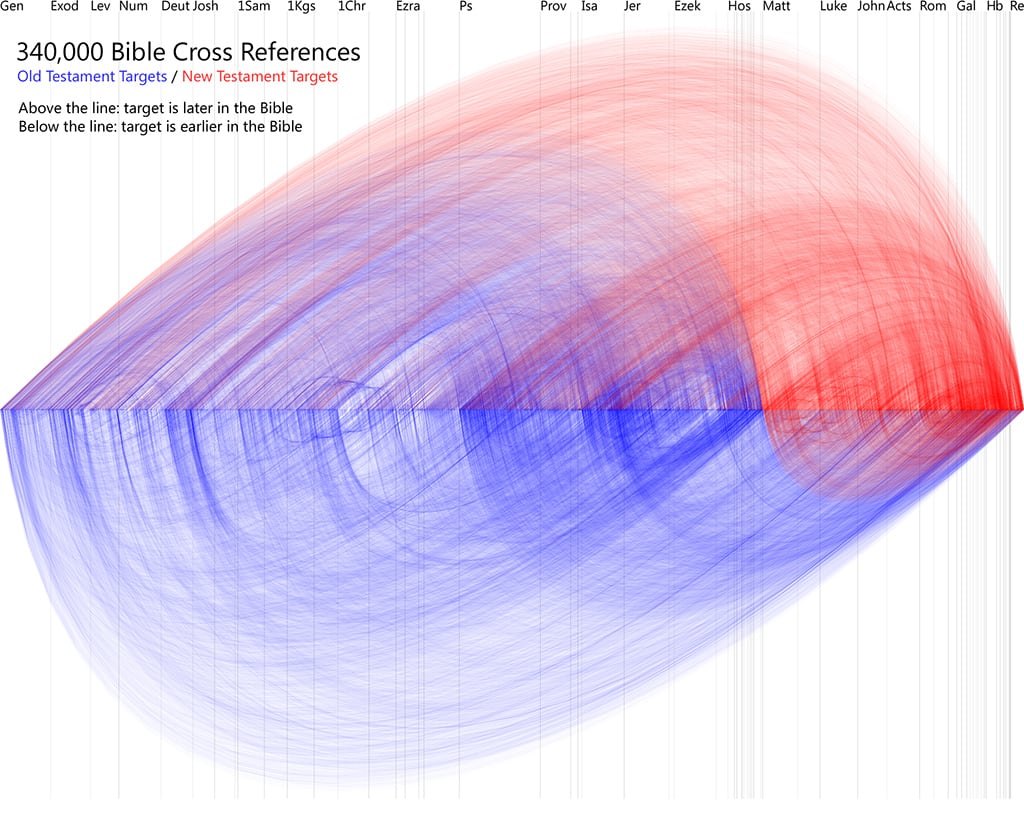Read vs. Study
So which is best, studying or reading? There is a place for both, but both are essential. Be weary of anyone who only advocates for reading.
Reading
- Reading is quick and able to cover large chapters (at times an entire book in one sitting).
- Reading the Bible cover-to-cover grasps the metanarrative big-picture of the entire Bible story. The 66 books of the Bible tell one large story. We wouldn't read a book like Harry potter by only reading parts out of order and skipping whole entire sections. Why would we treat the Bible with less respect?
- Reading is quick and easy, but it cannot substitute study by itself.
Study
- Study should be slow. David Platt compares studying scripture to glossing over a meaningful love letter from a High School crush.
- Study is hard work requiring time, effort, resources, and help.
- Working through difficult problems promotes learning and growing. It's a great practice to look up every question you have. Don't skip the difficult stuff.
- Have you read the story of the Bible cover to cover?
- Do you tend to lean mostly towards reading or studying?
- What's the slowest you've ever studied a passage? Have you studied something for one hour or more?
-
I am a creature of a day. I am a spirit come from God, and returning to God. I want to know one thing: the way to heaven. God himself has condescended to teach me the way. He has written it down in a book. Oh, give me that book! At any price give me the book of God. Let me be a man of one book.
-
The Bible is a book that has been read more and examined less than any book that ever existed.
-
Here, then, is the real problem of our negligence. We fail in our duty to study God's Word not so much because it is difficult to understand, not so much because it is dull and boring, but because it is work. Our problem is not a lack of intelligence or a lack of passion. Our problem is that we are lazy.
What scripture says about itself
God’s word is the primary way God speaks to us
2 Timothy 3:16-17
All Scripture is breathed out by God and profitable for teaching, for reproof, for correction, and for training in righteousness, that the man of God may be complete, equipped for every good work.It helps and comforts us in hard times
Psalm 119:28
My soul is weary with sorrow;strengthen me according to your word.
We enjoy God through his word
Psalm 19:9-10
“the rules of the Lord are true,and righteous altogether.
More to be desired are they than gold,
even much fine gold;
sweeter also than honey
and drippings of the honeycomb.”
It helps us to make life decisions and test our feelings
Psalm 119:105
Your word is a lamp to my feetand a light to my path
We learn how to live as Christians with a renewed MIND
Romans 12:2
“Do not be conformed to this world, but be transformed by the renewal of your mind, that by testing you may discern what is the will of God, what is good and acceptable and perfect.”We study to understand, so in turn we can correctly APPLY
2 Timothy 2:15
Do your best to present yourself to God as one approved, a worker who has no need to be ashamed, rightly handling the word of truth.- Have you read the story of the Bible cover to cover?
- Do you tend to lean mostly towards reading or studying?
- What's the slowest you've ever studied a passage? Have you studied something for one hour or more?
-
I am a creature of a day. I am a spirit come from God, and returning to God. I want to know one thing: the way to heaven. God himself has condescended to teach me the way. He has written it down in a book. Oh, give me that book! At any price give me the book of God. Let me be a man of one book.
-
The Bible is a book that has been read more and examined less than any book that ever existed.
-
Here, then, is the real problem of our negligence. We fail in our duty to study God's Word not so much because it is difficult to understand, not so much because it is dull and boring, but because it is work. Our problem is not a lack of intelligence or a lack of passion. Our problem is that we are lazy.























 Based off a chart from Duvall, J. S., & Hays, J. D. 2005 "Grasping God's word: A hands-on approach to reading, interpreting, and applying the Bible" 2nd ed.
Based off a chart from Duvall, J. S., & Hays, J. D. 2005 "Grasping God's word: A hands-on approach to reading, interpreting, and applying the Bible" 2nd ed.























